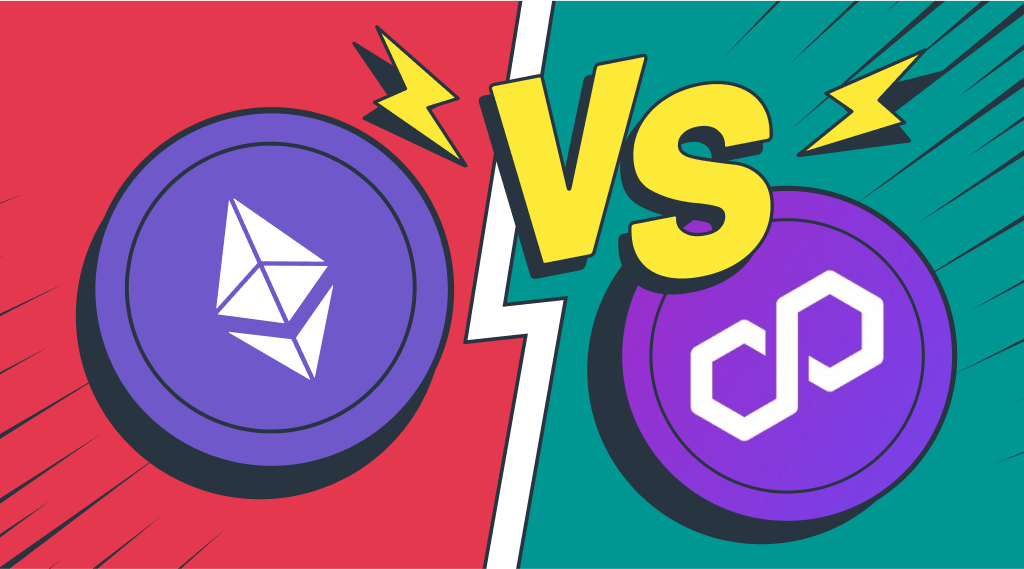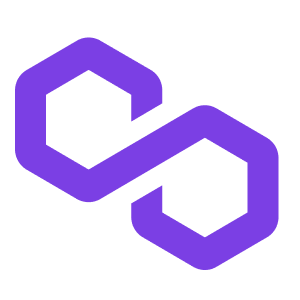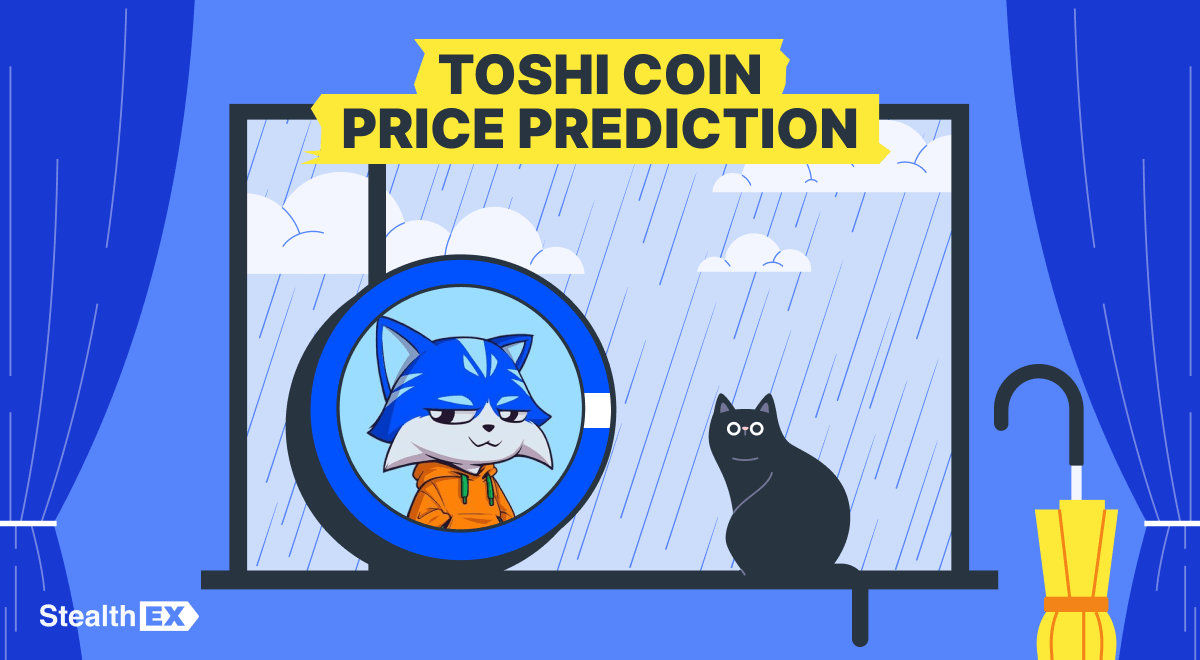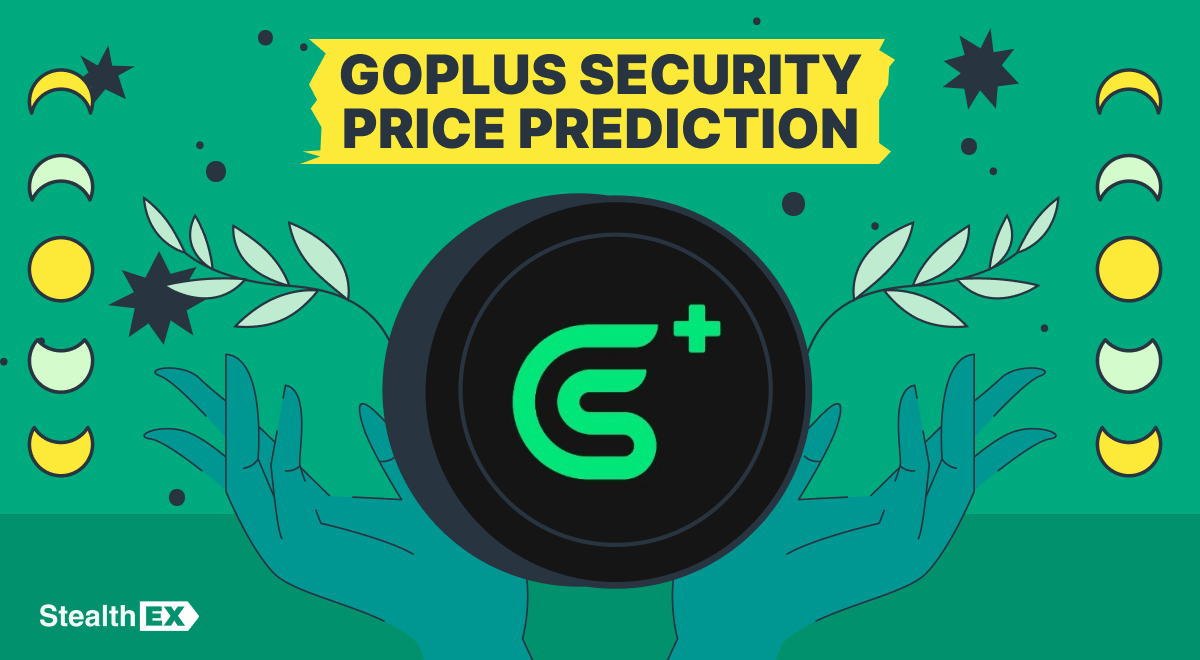Ethereum vs Polygon — Which Platform Will Shape the Future?

Ethereum and Polygon are significant players in the blockchain and cryptocurrency sectors. While Ethereum has pioneered smart contract platforms, Polygon has emerged as a promising Layer 2 scaling solution. This article delves deep into their characteristics, differences, similarities, and how they fit into the broader blockchain ecosystem.

Article contents
- 1 What Is Ethereum (ETH)?
- 2 What Is Polygon (POL)?
- 3 Ethereum vs. Polygon — Key Differences
- 4 Ethereum vs. Polygon (POL) — Key Similarities
- 5 Ethereum vs Polygon — Comparison Table
- 6 Ethereum vs Polygon — Which Project Is Better
- 7 Ethereum:
- 8 Polygon (POL):
- 9 Conclusion:
- 10 Summary
- 11 FAQ — Frequently Asked Questions
- 11.1 What Is Ethereum’s Primary Function?
- 11.2 What Is the Primary Difference Between Ethereum and Polygon?
- 11.3 How Does Polygon Address Ethereum’s Scalability Issues?
- 11.4 Can DApps Built on Ethereum Be Used on Polygon?
- 11.5 What Is the Role of the POL Token in the Polygon Network?
- 11.6 With Ethereum 2.0, Is there Still a Need for Polygon?
- 11.7 How Does the Security of Polygon Compare to Ethereum?
- 11.8 How Does the Future Look for Ethereum and Polygon Collaborations?
- 11.9 Is Polygon’s POL Token Similar to Ethereum’s ETH?
- 11.10 Are Ethereum and Polygon Competitors?
- 11.11 Can I Transfer Assets Between Ethereum and Polygon?
What Is Ethereum (ETH)?
Ethereum, often called the “world computer,” is a decentralized platform that enables developers to build and deploy smart contracts and decentralized applications (DApps). Launched in 2015 by Vitalik Buterin and a team of other developers, Ethereum has been at the forefront of the blockchain revolution, introducing the concept of programmable transactions. Its native cryptocurrency, ETH, is used to power these applications and acts as a form of “gas” for transactions on the network.
What Is Polygon (POL)?

Polygon (POL) is a Layer 2 scaling solution for Ethereum. It aims to provide faster and cheaper transactions on the Ethereum mainchain by building a multi-chain system. With Polygon, developers can create sovereign blockchains with customizable environments while still leveraging the security and ecosystem of Ethereum. POL, the native token of Polygon, is used for transaction fees and staking within the network.
How Layer 2 Works?
Layer 2 solutions, like Polygon, are essentially blockchain protocols built on top of existing blockchains (in this case, Ethereum) to improve their scalability and efficiency. They handle transactions off the main chain, reducing congestion and lowering fees. Once the off-chain transactions are complete, they are batched together and added to the main chain. This approach allows for a significant increase in transaction throughput without compromising the security of the main chain.
Ethereum vs. Polygon — Key Differences
- Foundation: Ethereum is a foundational Layer 1 blockchain that introduced smart contracts, while Polygon is a Layer 2 scaling solution built on top of Ethereum.
- Purpose: Ethereum’s primary goal is to serve as a platform for DApps and smart contracts. Polygon, on the other hand, focuses on enhancing Ethereum’s scalability.
- Transaction Speed and Cost: Due to its Layer 2 nature, Polygon offers faster transaction speeds and significantly lower fees than Ethereum.
- Security: Ethereum relies on its robust Proof-of-Stake consensus mechanism. While benefiting from Ethereum’s security, Polygon also has its own PoS chain validators.
- Flexibility: Polygon allows developers to create their own blockchain networks with customizable features.
Choose StealthEX for Exchange and Buy Crypto
- User-Friendly — Simple and minimalistic interface for everyone.
- Fast and Private — Instant non-custodial cryptocurrency exchanges.
- Buy crypto with Credit Card.
- 2,000+ coins and tokens are available for limitless, quick and easy exchanges.
- NO-KYC crypto exchanges — Buy cryptocurrency up to $700 without KYC!
- StealthEX crypto exchange app — Process crypto swaps at the best rates wherever you are.
- 24/7 Customer Support.
Earn from Each Exchange by Joining StealthEX Affiliate Program.
Become a partner right now and use affiliate tools:
- Public API — Earn from your wallet, aggregator, or exchange terminal.
- Referral Links — Recommend StealthEX to your audience.
- Exchange Widget — Built crypto exchange widget on any page of your website.
- Button — A perfect choice for traffic monetization.
- Banner — Track conversion and stats right in the personal cabinet.
Ethereum vs. Polygon (POL) — Key Similarities
- Ethereum Compatibility: Ethereum and Polygon are fully compatible, meaning DApps built on Ethereum can easily migrate to Polygon.
- Open-Source: Both platforms are open-source, fostering a community-driven approach to development.
- Smart Contracts: Both support the creation and execution of smart contracts.
- Decentralization: Ethereum and Polygon are committed to decentralization, ensuring no single entity controls the network.
Ethereum vs Polygon — Comparison Table
| Feature | Ethereum | Polygon (POL) |
| Foundation | Layer 1 | Layer 2 |
| Primary Purpose | DApps & Smart Contracts | Scalability Solution |
| Transaction Speed | Slower | Faster |
| Transaction Cost | Higher | Lower |
| Security | PoS | PoS + Ethereum’s Security |
| Flexibility | Limited | High (Custom Blockchains) |
Ethereum vs Polygon — Which Project Is Better
Whether Ethereum or Polygon is “better” depends on the context and specific use case. Both projects have their strengths and are designed to address different challenges within the blockchain ecosystem. Here’s a breakdown to help you understand:
Ethereum:
- Maturity: Ethereum has been around since 2015 and has established itself as the leading smart contract platform. It has a larger developer community and more decentralized applications (DApps) built on it than any other platform.
- Decentralization: Ethereum is one of the most decentralized blockchains, with thousands of nodes worldwide. This decentralization provides a high level of security and resilience against attacks.
- Ecosystem: Ethereum boasts a rich ecosystem with various tools, wallets, and services. It’s the birthplace of many standards, like ERC-20 and ERC-721, which have become industry norms.
- Regular Upgrades: Ethereum 2.0, an upgrade to the network, try to solve scalability and sustainability issues by introducing Proof-of-Stake (PoS) and shard chains.
Polygon (POL):
- Scalability: Polygon is designed to address Ethereum’s scalability issues. It provides faster and cheaper transactions by processing them off the main Ethereum chain.
- Flexibility: Polygon allows developers to create their blockchains with customizable features while still leveraging the security and ecosystem of Ethereum.
- Interoperability: Polygon’s architecture is designed to support multiple Layer 2 solutions, such as Plasma, zkRollups, and Optimistic Rollups, providing developers with various options based on their needs.
- Integration: Since Polygon is built to be compatible with Ethereum’s tools and standards, it’s relatively easy for developers to port or integrate existing Ethereum DApps into Polygon.
Conclusion:
- If you’re looking for a well-established platform with a rich ecosystem to build a decentralized application, Ethereum is the better choice.
- Polygon might be more suitable if you need a solution offering faster and cheaper transactions or specifically looking to address scalability issues.
It’s also worth noting that many projects use Ethereum and Polygon in tandem to leverage the strengths of both platforms. Instead of viewing them as competitors, they can be seen as complementary solutions within the broader Ethereum ecosystem.
Summary
Ethereum and Polygon, while interconnected, serve distinct roles in the blockchain ecosystem. Ethereum’s pioneering platform for smart contracts has paved the way for decentralized applications, but its scalability issues gave rise to solutions like Polygon. Polygon, with its Layer 2 scaling mechanism, offers a promising avenue for applications to operate faster and cost-effectively. As the blockchain space continues to evolve, the synergy between Ethereum and Polygon will undoubtedly play a pivotal role in shaping the future of decentralized applications and platforms.
FAQ — Frequently Asked Questions
What Is Ethereum’s Primary Function?
Ethereum’s primary function is to serve as a decentralized platform that enables the creation and execution of smart contracts and decentralized applications (DApps).
What Is the Primary Difference Between Ethereum and Polygon?
Ethereum is a foundational Layer 1 blockchain platform for creating decentralized applications and smart contracts. Polygon, on the other hand, is a Layer 2 scaling solution designed to improve Ethereum’s transaction speeds and reduce fees.
How Does Polygon Address Ethereum’s Scalability Issues?
Polygon is a Layer 2 scaling solution that processes transactions off the main Ethereum chain, reducing congestion and fees. Once these off-chain transactions are finalized, they are batched together and added to the Ethereum main chain.
Can DApps Built on Ethereum Be Used on Polygon?
Yes, DApps built on Ethereum can easily migrate to Polygon due to their compatibility. This allows developers to leverage Polygon’s scalability while still benefiting from Ethereum’s robust ecosystem.
What Is the Role of the POL Token in the Polygon Network?
POL, the native token of Polygon, is used for transaction fees within the network. It’s also used for staking, where validators are incentivized to secure the network.
With Ethereum 2.0, Is there Still a Need for Polygon?
While Ethereum 2.0 aims to address many of the current scalability and sustainability issues, Layer 2 solutions like Polygon will still play a crucial role. They offer immediate scalability benefits and can work in tandem with Ethereum 2.0 to provide an even more efficient ecosystem.
How Does the Security of Polygon Compare to Ethereum?
Polygon benefits from the security of the Ethereum main chain while also having its own set of validators for its PoS chain. This dual-layer of security ensures that the network remains resilient against potential threats.
How Does the Future Look for Ethereum and Polygon Collaborations?
The future looks promising for collaborations between Ethereum and Polygon. As the blockchain space evolves, the synergy between the two platforms will likely lead to innovative solutions, enhancing the overall user experience in the decentralized world.
Is Polygon’s POL Token Similar to Ethereum’s ETH?
While both POL and ETH are native tokens of their respective networks and are used to pay for transaction fees, POL is specifically for the Polygon network, and ETH is for the Ethereum network. Additionally, POL is also used for staking on the Polygon network.
Are Ethereum and Polygon Competitors?
No, Ethereum and Polygon are not direct competitors. Instead, Polygon acts as a complementary solution to Ethereum, enhancing its scalability and efficiency. Many projects use both platforms in tandem to leverage their combined strengths.
Can I Transfer Assets Between Ethereum and Polygon?
Yes, assets can be bridged between Ethereum and Polygon using specific cross-chain bridge protocols, allowing for seamless transfers between the two networks.
Follow us on Medium, X, Telegram, YouTube, and Publish0x to stay updated about the latest news on StealthEX.io and the rest of the crypto world.
This article is not supposed to provide financial advice. Digital assets are risky. Be sure to do your own research and consult your financial advisor before investing.
ETH Ethereum Matic Polygon Polygon MATICRecent Articles on Cryptocurrency
 Toshi Price Prediction: Will TOSHI Coin Reach $1?
Toshi Price Prediction: Will TOSHI Coin Reach $1?  GoPlus Security Price Prediction: Will GPS Coin Reach $1?
GoPlus Security Price Prediction: Will GPS Coin Reach $1? 